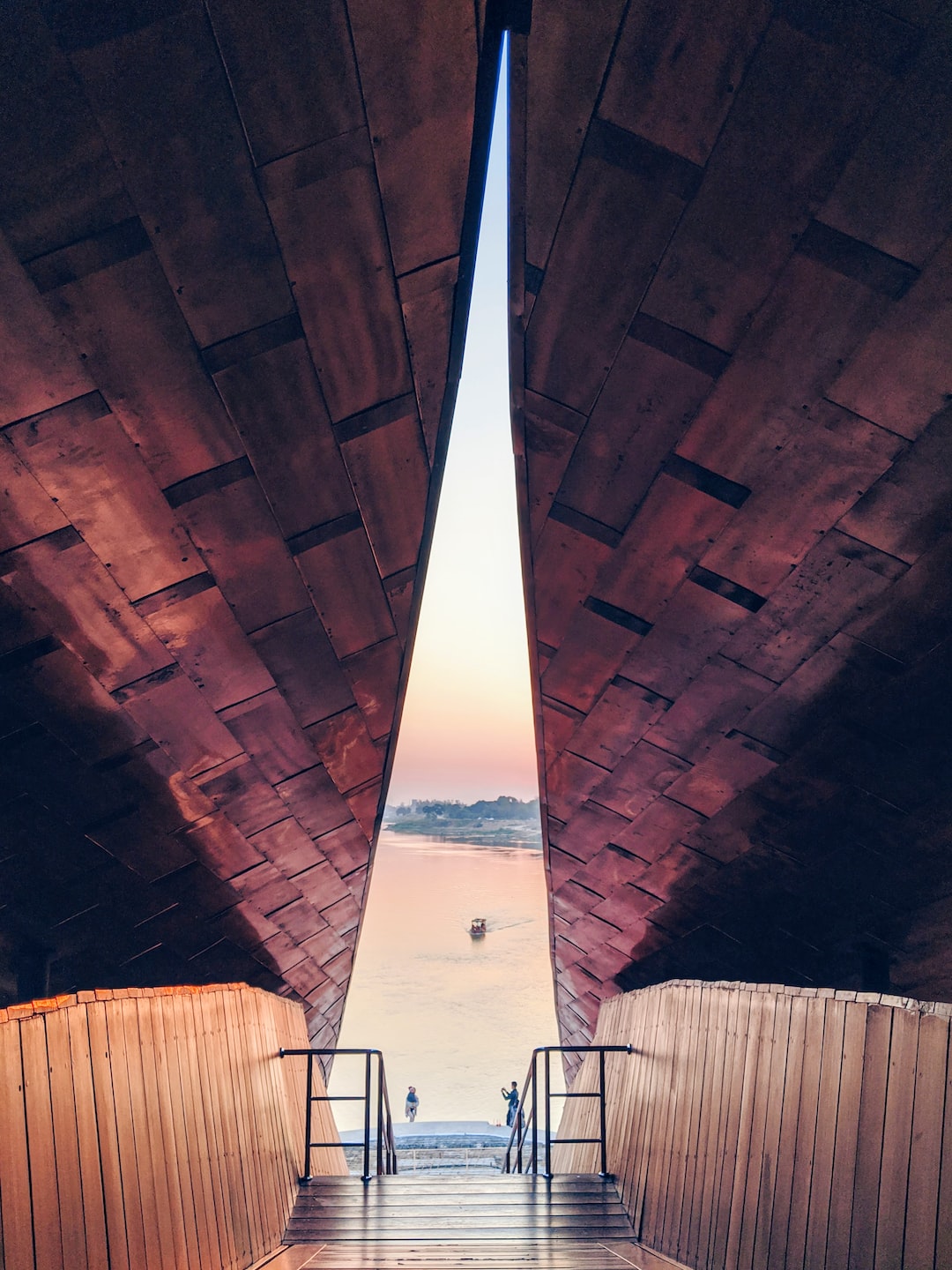Discovering Minimalism in Design: Less is More
In a world overwhelmed by information, distractions, and clutter, minimalism has emerged as a design philosophy that simplifies the way we perceive the world. The concept of “less is more” has found its way into various aspects of our lives, including architecture, fashion, and technology. But what exactly is minimalism, and what makes it so influential in design?
At its core, minimalism is about achieving simplicity and visual clarity by reducing a design to its essential elements. It is not merely a trend or a style; it is a mindset that advocates for the elimination of excess and the focus on what truly matters. Whether it’s a physical object, a website interface, or a piece of art, minimalism aims to convey the message with clarity, elegance, and grace.
The roots of minimalism can be traced back to the early 20th century, with the emergence of minimalist art movements such as De Stijl and Bauhaus. These movements rejected ornate and embellished designs in favor of clean lines, geometric shapes, and a limited color palette. The idea was to create art that reflected the essence of the subject matter, free from unnecessary distractions.
In design, minimalism has become particularly popular due to its ability to enhance user experience by simplifying interfaces and improving functionality. By removing unnecessary elements, a designer can guide the user’s attention to the most important elements, thereby improving navigation and reducing cognitive overload. The emphasis on white space, or negative space, allows the user’s eyes to rest and focus on the content or functionality.
One of the key principles of minimalist design is the use of a limited color palette. By selecting a few colors and sticking to them consistently, designers can create a sense of harmony and cohesiveness. This approach also allows for a more timeless design that doesn’t rely on fleeting trends. Additionally, minimalism often involves the use of black and white or grayscale, which further promotes simplicity and visual clarity.
Another aspect of minimalism is the use of typography as a powerful design element. Simple, clean, and legible typefaces are preferred, allowing the text to be easily read and understood. Typography is often used sparingly, with generous amounts of negative space around the text, allowing it to stand out and become a focal point.
In spatial design, minimalism promotes a clutter-free environment that enhances productivity and mindfulness. The concept of “form follows function” is embraced, meaning that every element has a purpose and nothing is included for mere decoration. Furniture and objects are often characterized by clean lines and simple shapes, creating an unobtrusive and calm atmosphere.
Minimalist architecture, like its artistic counterparts, rejects unnecessary embellishments and instead focuses on clean lines, open spaces, and an abundance of natural light. The philosophy behind minimalist architecture is to create a harmonious relationship between the built environment and its surroundings, emphasizing simplicity and functionality.
As we delve deeper into the digital age, minimalism has made its mark on web design as well. Minimalist websites are characterized by large amounts of whitespace, simple navigation, and a focus on content. By stripping away unnecessary elements, a minimalist website engages the user and allows them to focus on the message or purpose of the site.
In conclusion, minimalism in design offers a refreshing approach that cuts through the noise and clutter of our modern world. By embracing simplicity, clarity, and functionality, minimalism creates designs that stand the test of time and communicate their message effectively. Whether it’s through art, architecture, or web design, the mentality of “less is more” continues to inspire and guide designers towards creating elegant and meaningful experiences. So, next time you’re faced with a design challenge, consider the power of minimalism and remember that sometimes, less truly is more.

